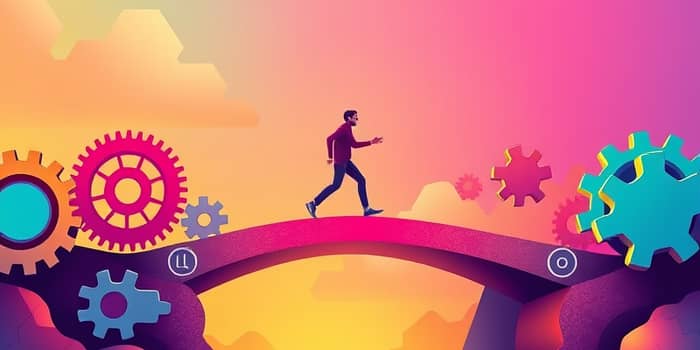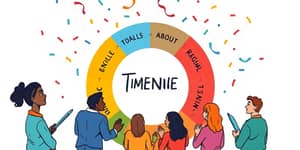
Every day, we set goals, form resolutions, and make plans only to find ourselves stalled and uncertain when it’s time to act. Understanding how to reduce resistance and boost momentum can transform ambitions into achievements. In this article, we explore the concept of friction, the psychology behind the intention–action gap, and practical strategies you can apply immediately to create momentum.
In physics, friction is the force that opposes motion when one surface moves against another. Psychologically, friction represents any obstacle—physical, mental, or social—that resistance encountered by one object analogously translates to resistance in behavior change.
We can categorize friction into three primary forms:
Humans are wired to follow the path of least resistance. Status quo bias tells us that maintaining familiar routines requires less energy than forging new ones—even when the new path promises greater rewards.
Behavioral economists have long studied why people often fail to act on their intentions. While motivations and incentives play a role, they rarely suffice on their own. The real culprit is the breakdown between planning and execution—commonly known as the intention–action divide.
One key factor is limited attention. We juggle multiple goals, distractions, and demands, and without clear cues or reminders, our best intentions slip away. This cognitive strain is often termed limited attention and competing demands. When our mental bandwidth is occupied, simple tasks feel daunting.
Another element is cognitive friction—the mental effort required to process instructions or make decisions. According to Sweller’s cognitive load theory, as complexity increases, our capacity to take action diminishes. The more options we face or steps we must follow, the less likely we are to complete the task.
Reducing friction requires intentional design of environments, processes, and habits. By simplifying steps and removing unnecessary obstacles, we can create smoother paths from intention to action.
Below are core strategies to implement in personal workflows or organizational systems:
In practice, these approaches serve as both fuel and friction: removing barriers becomes fuel for good habits, while adding steps can inhibit unwanted actions.
The famous Banana Principle illustrates simplicity’s power: people consistently choose bananas over oranges because they are making behaviors as easy as possible. That trivial obstacle—a peel that requires a bit more effort—shifts preferences dramatically.
In education, the presence of distracting technology in classrooms increases cognitive load and reduces learning outcomes. Students face more friction in focusing on tasks when notifications and unrelated apps compete for their attention.
Online businesses know that lengthy navigation or forms directly impact conversion rates. Even adding a single extra click in a sign-up process can slash completion rates by nearly 50%. These findings underscore that small obstacles can yield big results—in both positive and negative directions.
To translate these insights into your own life or organization, follow these steps to identify and reduce friction points:
The journey to seamless action is ongoing. By continuously tuning environments, refining workflows, and leveraging human psychology, we can ensure that intentions consistently translate into outcomes.
Remember that some challenges benefit from controlled friction—such as learning new skills or building resilience. But for everyday constructive behaviors, an accessible environment fosters habit formation and sustains progress.
Ultimately, minimizing friction between intent and action is not just about efficiency; it’s about empowerment. When obstacles are removed and pathways are clear, individuals and organizations can unlock their full potential.
Embrace these strategies today. Analyze your routines, eliminate needless barriers, and watch as aspirations become achievements with greater ease and consistency.
References













